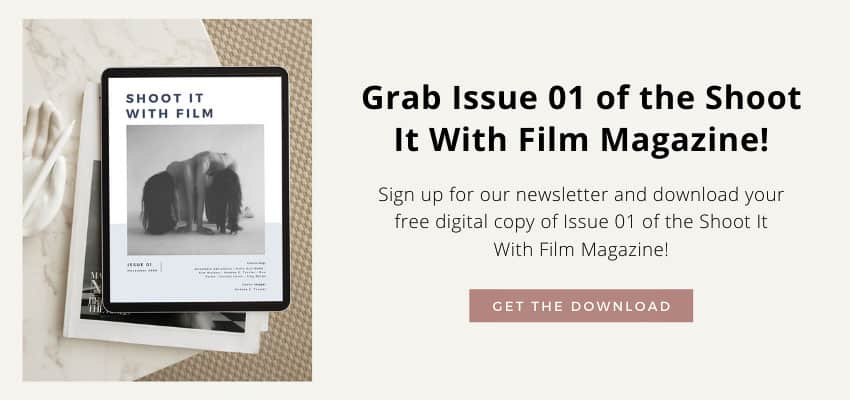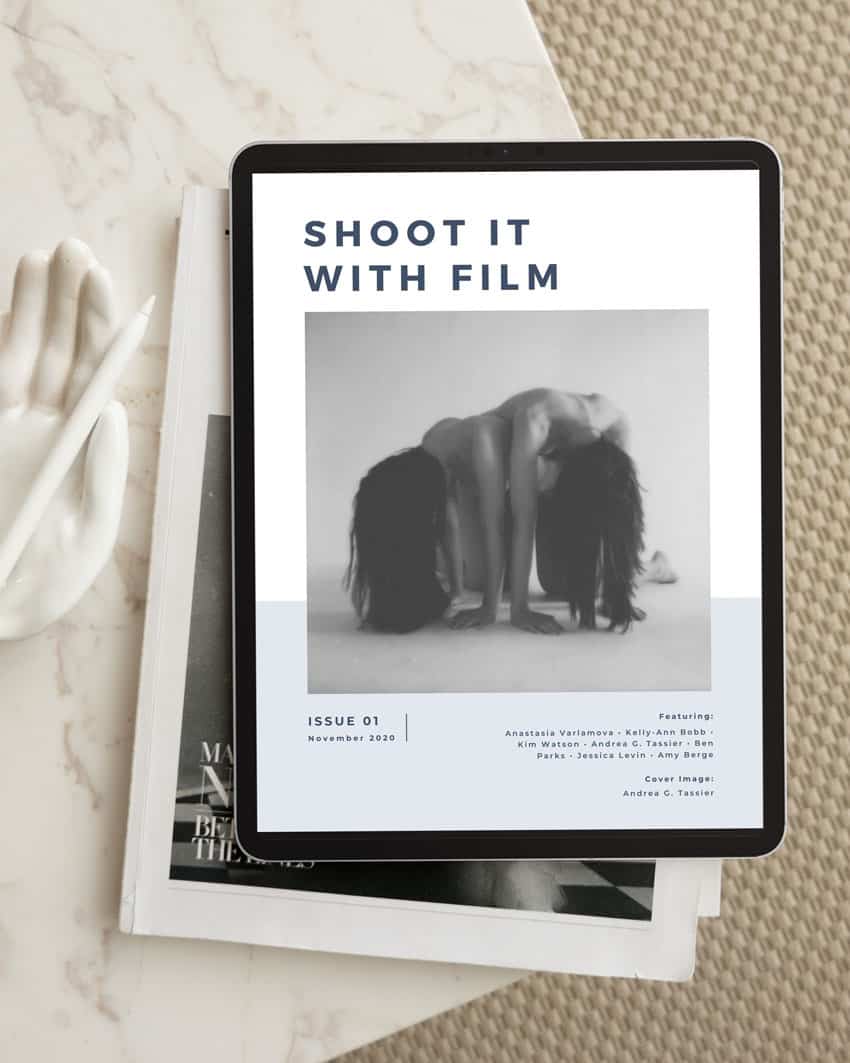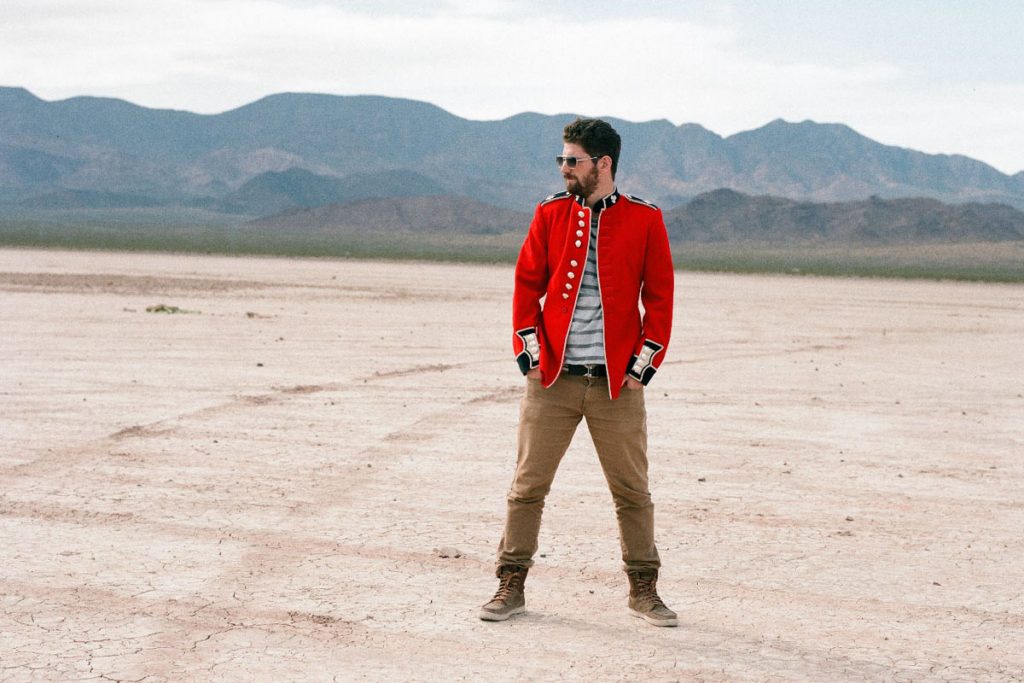
Written by Jen Golay
Last time we talked about contrast, we discussed balancing contrast in high contrast lighting situations. But what if you want to embrace the high contrast or add contrast to you image when there may not be much contrast in the scene?
Or what if you want to embrace a low contrast scene or decrease the contrast in your image when you’re faced with a high contrast scene?
Today, we are going to talk about controlling contrast in your images.

What is Contrast?
Before we begin, let’s review what contrast is. Contrast is the difference between the lightest tones in your scene or image and the darkest tones in your scene or image.
A high contrast scene or image will have very bright highlights as well as very dark shadows. A low contrast scene or image will have tones that are all similar and more in the middle of the contrast spectrum —shades of gray, if you will.
Contrast is the spectrum from white to black with every tone in between. (Tone is the lightness or darkness of a color.)
Is contrast in a scene you want to photograph good or bad? That is up to you the artist and your viewer.


Generally speaking, many people prefer images with more contrast than images with little contrast. Contrast catches the viewer’s eye and can add a feeling of drama in your image. That isn’t to say that images with less contrast are not good images. You, as the photographer, can use contrast as one of the tools available to you to help convey the message you want in your images.
To control contrast in your images, you will need to know how to create the contrast you desire no matter what the lighting situation you may find yourself in. The challenge when you’re shooting film or using a digital camera is that your film has less dynamic range (the ratio between the darkest and brightest tones in an image, from pure black to pure white) than your eyes, so you will have to choose what to prioritize in the scene and in your image, how to meter, how to compensate, and how to process your film.
So, let’s talk about it!




Related: Using The Zone System to Meter Film
Choosing the Right Film for the Contrast You Want
Before you walk out the door with your camera, you will need to decide what film to take with you. Some films are created with higher contrast than other films. If you desire more contrast in your images, no matter what the lighting situation, you’ll want to take films whose emulsion already has some built-in contrast.
For example, Kodak Ektar is a higher contrast color film than Kodak Portra 400. Kodak Tri-X black and white film has more contrast than Ilford Delta 400. But that doesn’t mean that Portra 400 can’t have more contrast; it can if you shoot intentionally to add contrast. The same goes for Delta 400. We’ll talk about that in a bit.
If you know that you’re going to be dealing with high-contrast light, but want to tone it down a bit, choose a lower contrast film to take with you. Conversely, if you want to accentuate the high contrast light, bring a higher contrast film.
This works the other way as well. If you’re shooting in fairly flat or soft light like an overcast day and would like to punch up the contrast, bring a high-contrast film. But if you want to accentuate the low contrast or are aiming for the light and airy look, bring a low contrast film.






Using Exposure and Metering to Control Contrast
If you’re confronted with a lighting situation that has a great deal of contrast, you will need to make some decisions about how you want your final image to look.
Do you want to try to capture the high contrast as you see it (within the limitations of your film and camera), or do you want to try to find a balance between the two so that you have some detail in both the shadows and the highlights?
If you want to prioritize one end of the contrast spectrum over the other because you feel like the details in that part of the image are more important than clipping your highlights or your shadows, you can use your light meter to accomplish this.
Many more recent film cameras have several metering modes: matrix or average, center-weighted, and spot. You’re going to want to use your built-in spot meter or a hand-held spot/incident meter.
If you want to make sure that the details in the brighter part of the scene are maintained, meter for the highlights using your spot or incident light meter. Know that when you do this, you may lose details in the darkest part of your scene.
If you are okay with letting your shadows go to black, you will have created a fairly high contrast image. Be sure to let your lab know that you’ve exposed for the highlights so that when they scan your film, they won’t try to bring up the shadows.
If you want to make sure that you retain the details and have a little less contrast in the darker part of your scene, meter and expose for the shadows.
Depending on how great the contrast is in the scene you are photographing, you may lose all detail in the brightest part of your image. If you’re okay with this, you will have created an image with less contrast in the shadows and over-exposing the highlights. Because most film photographers expose for the shadows, you will not need to give the lab any special instructions.




Using Processing and Scanning to Control Contrast
As mentioned earlier, you will need to let your lab know if you’re exposing for the highlights. They will still process your film as normal, but they will then scan your film for the highlights and not try to bring up any detail in the shadows.
But if you want to increase the contrast on a roll of underexposed film or a roll of film that has less contrast already built in, you can have your lab push process your film.
If you come from the world of digital, you may think that pushing film in development “adds light” to an underexposed roll of film. That is not accurate. Pushing adds contrast to your roll of film making the brights brighter and the shadows darker. Film is pushed by leaving the film in the developing chemicals longer or changing the temperature of the developing chemicals.
With color film, it can make the colors punchier and more saturated. Pushing film in development should not be used to “fix” bad exposures. But it can be used intentionally to add contrast. You don’t necessarily need to underexpose your film before you push it.
Conversely, pulling film in processing reduces contrast. It takes some skill and practice to intentionally over-expose a roll of film and then under-process it. During my college darkroom class, we learned that pulling black and white film can enhance the appearance of skin texture.


Conclusion
Knowing how to control contrast in your images is an important tool to have in your photography skills toolbox to help your images convey the message you, as the artist, are trying to communicate.
Whether you want to add contrast to a low contrast scene or capture the high contrast; whether you want to subtract contrast from a high contrast scene or maintain the low contrast, you can use these techniques to get the job done.
How do you handle contrast? Do you have any other tips to add to my list?

Thank you so much, Jen! Jen is a regular contributor here at Shoot It With Film, and you can check out her other articles here, including 3 Great Film Stocks for Winter and 5 Tips for Great Black and White Film Photography.
You can also check out more of Jen’s work on Instagram.
Leave your questions about controlling contrast your photography and film photography below in the comments!








Blog Comments
Dmitry
June 14, 2024 at 11:46 am
Nice article. I think that for many people who deal with film it is hard to use push-pull way to control contrast, because they develop in labs and have no control over chemical processing. I see that a lot of people scan their film and do whatever they want in postprocessing of a scan.
Jen
June 22, 2024 at 11:55 am
Hi Dmitry! I agree that most of what needs to be done can be done in post with Lightroom or Photoshop, but to be thorough, I included info on processing as well.